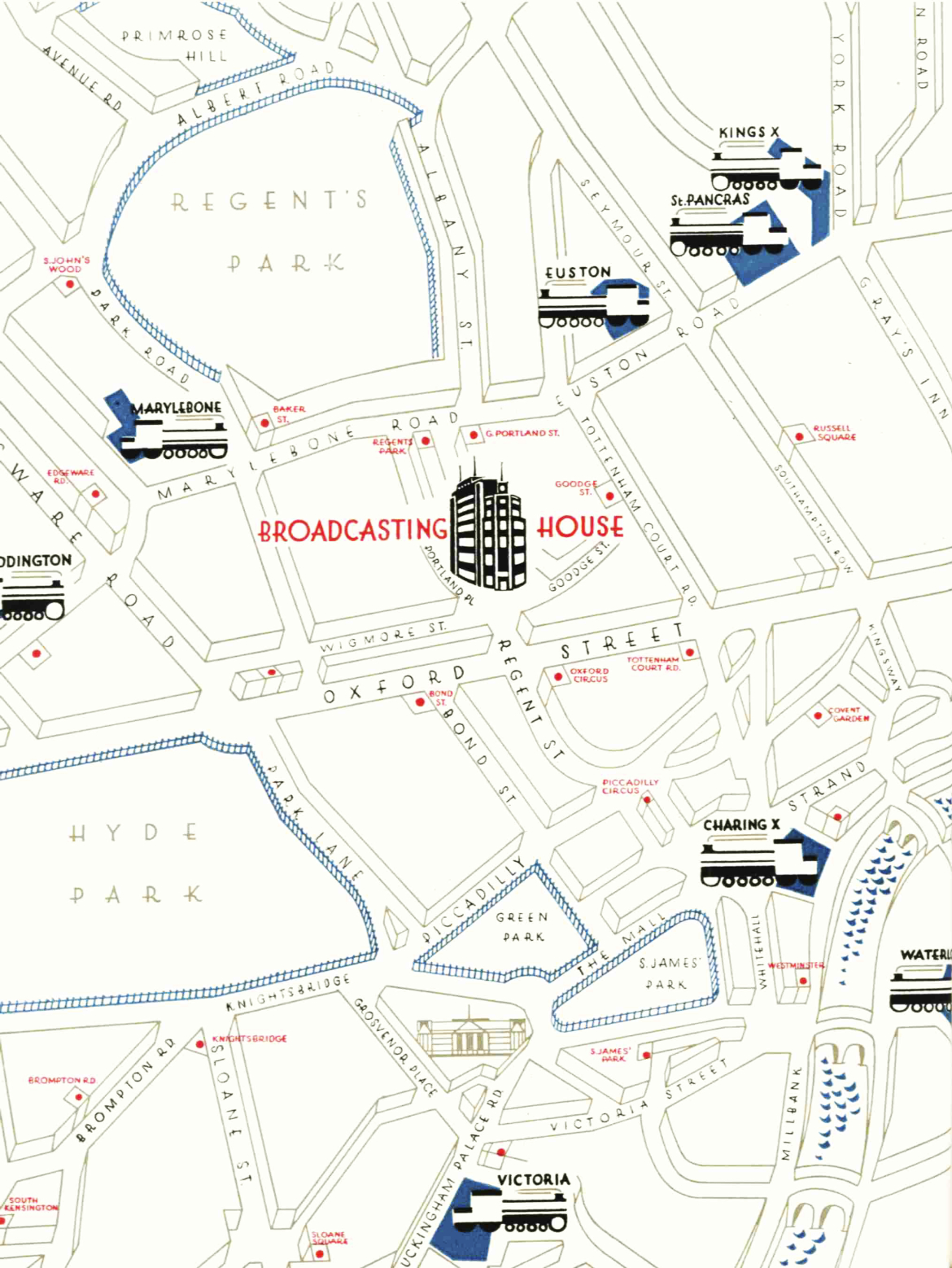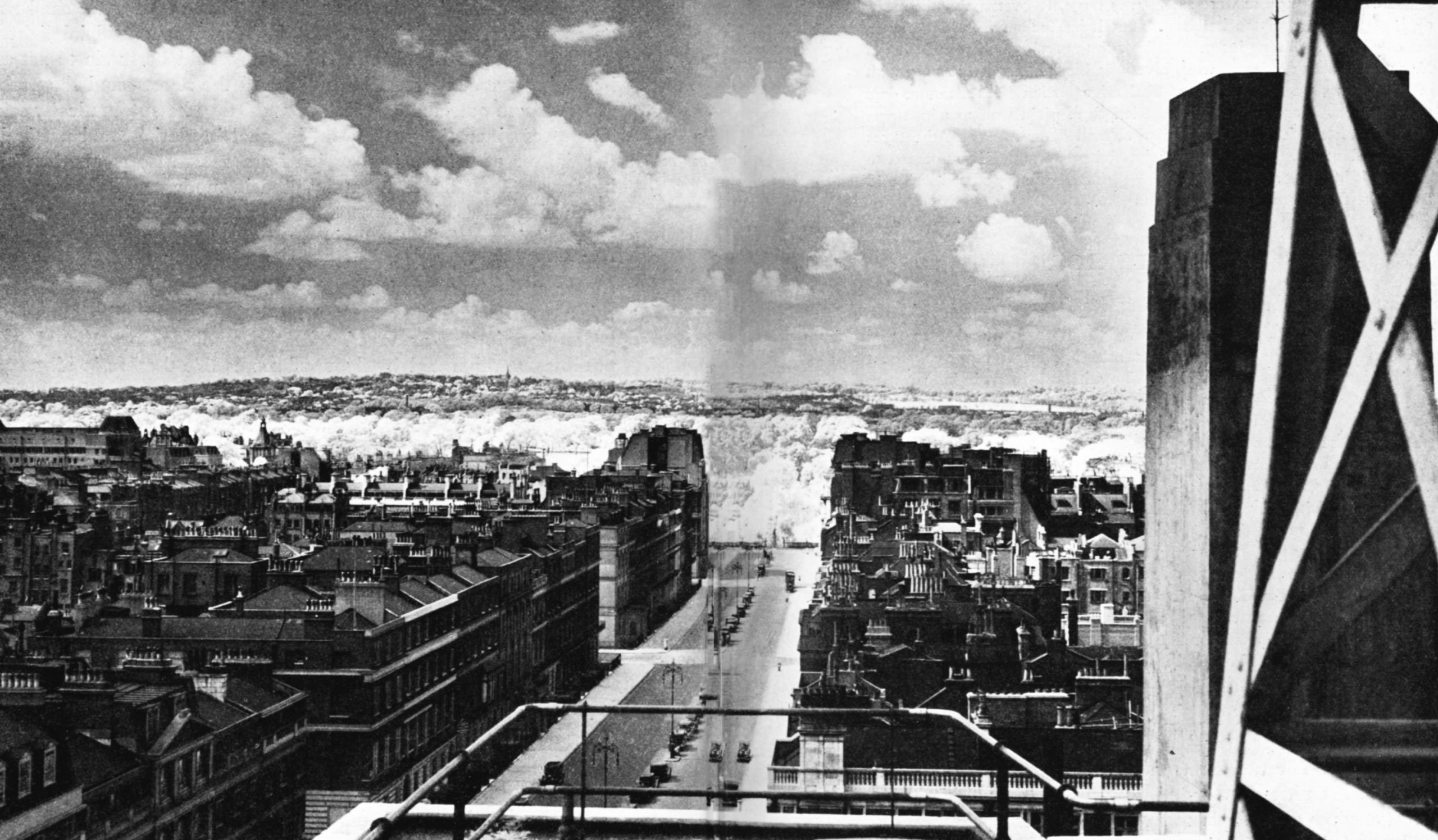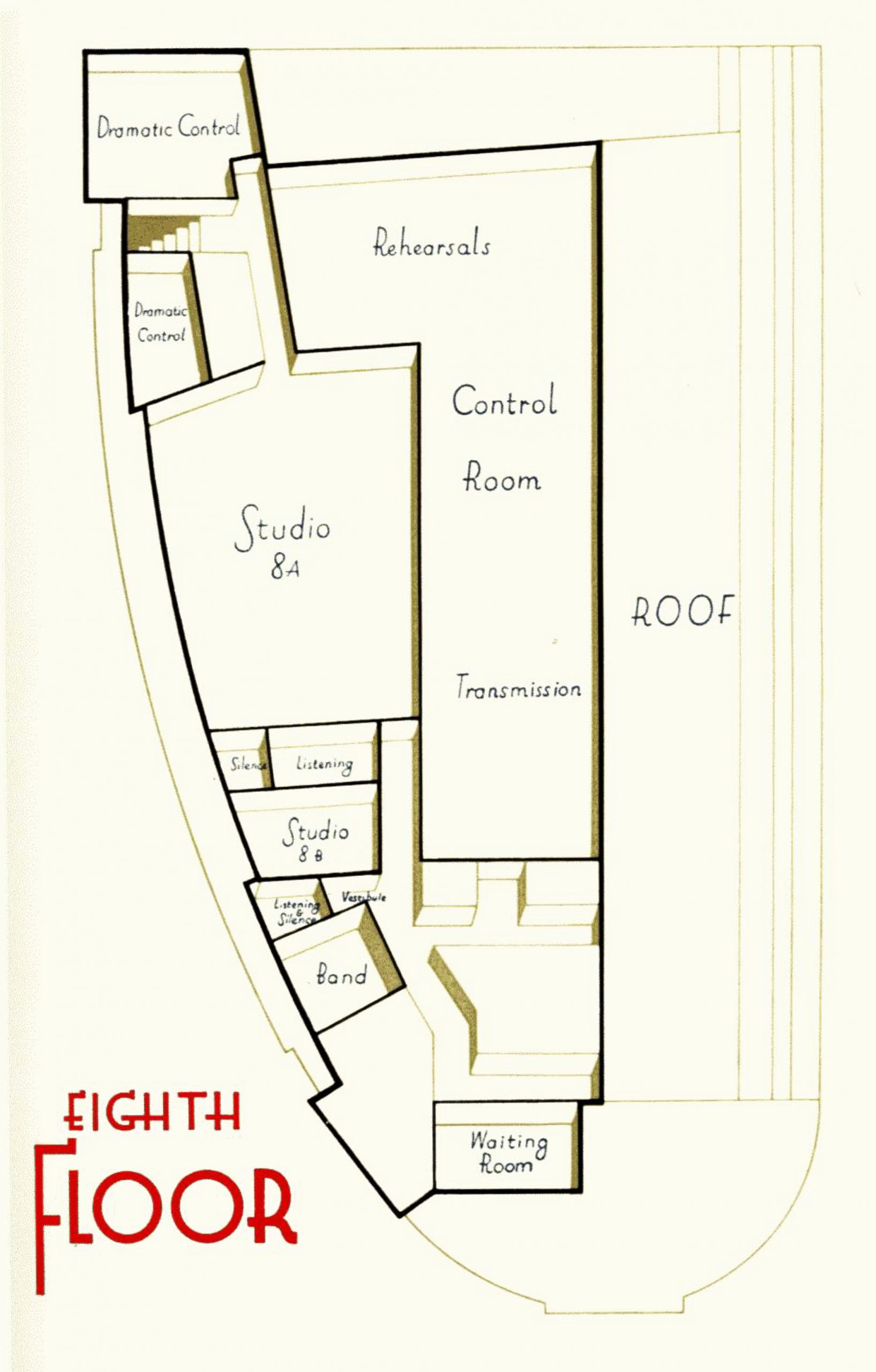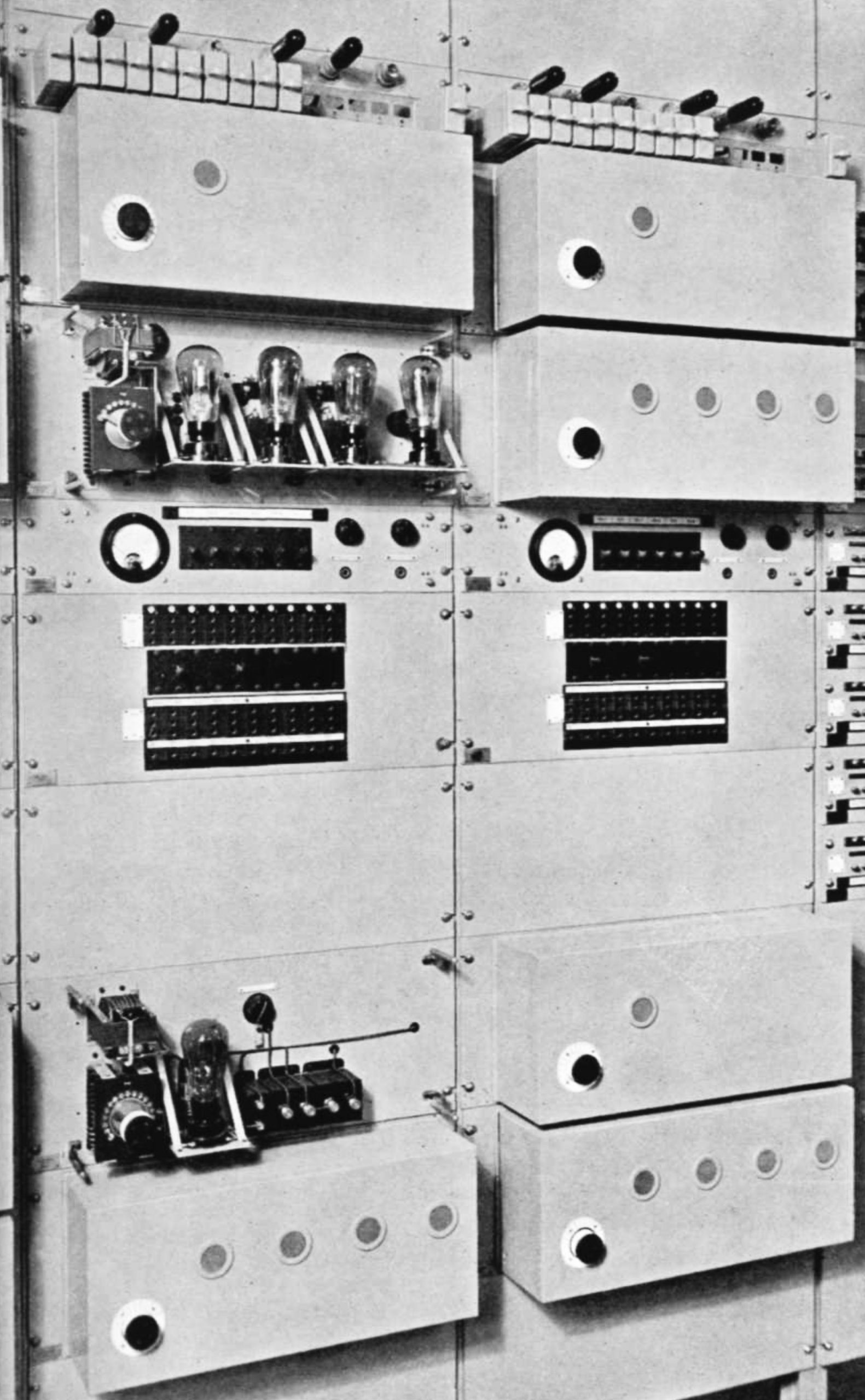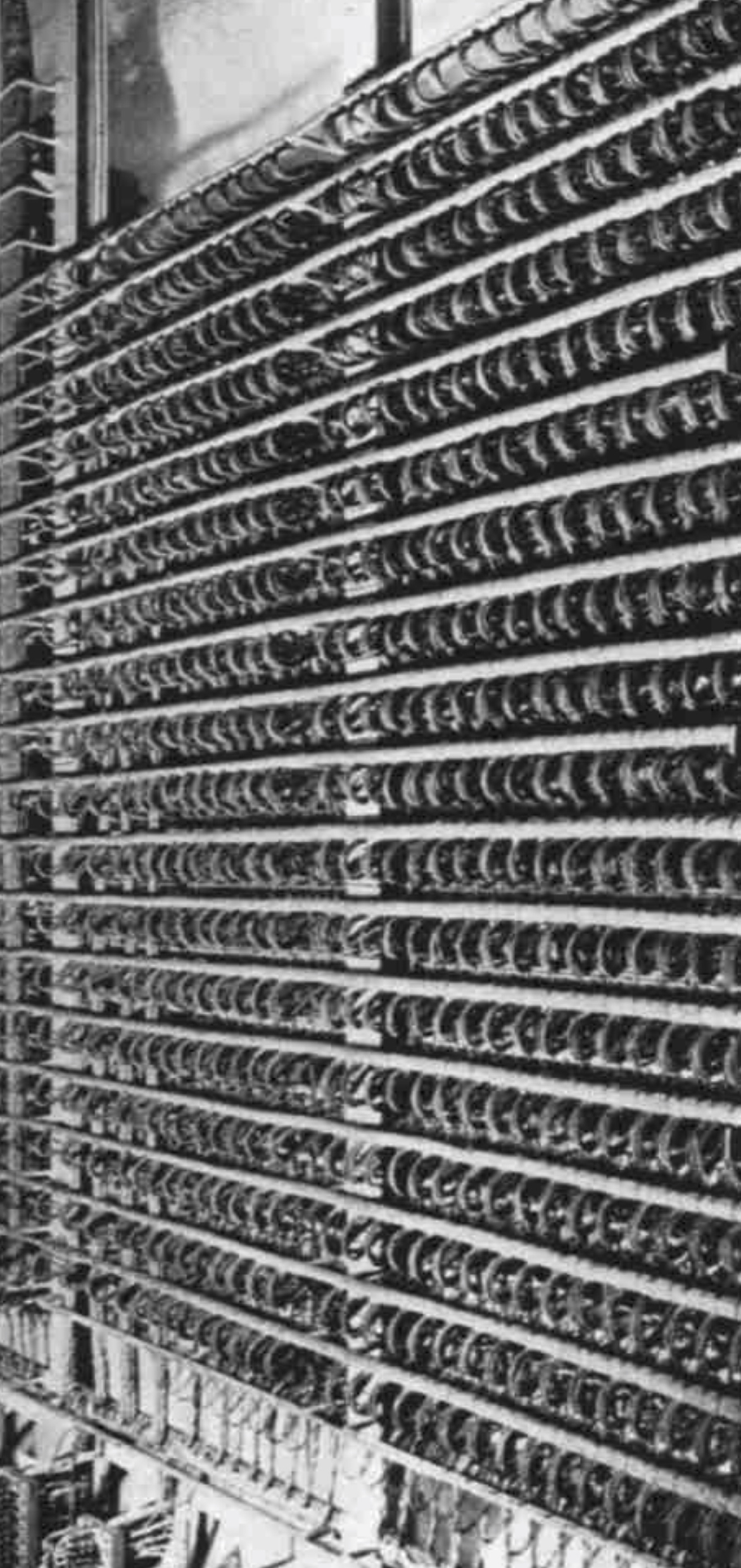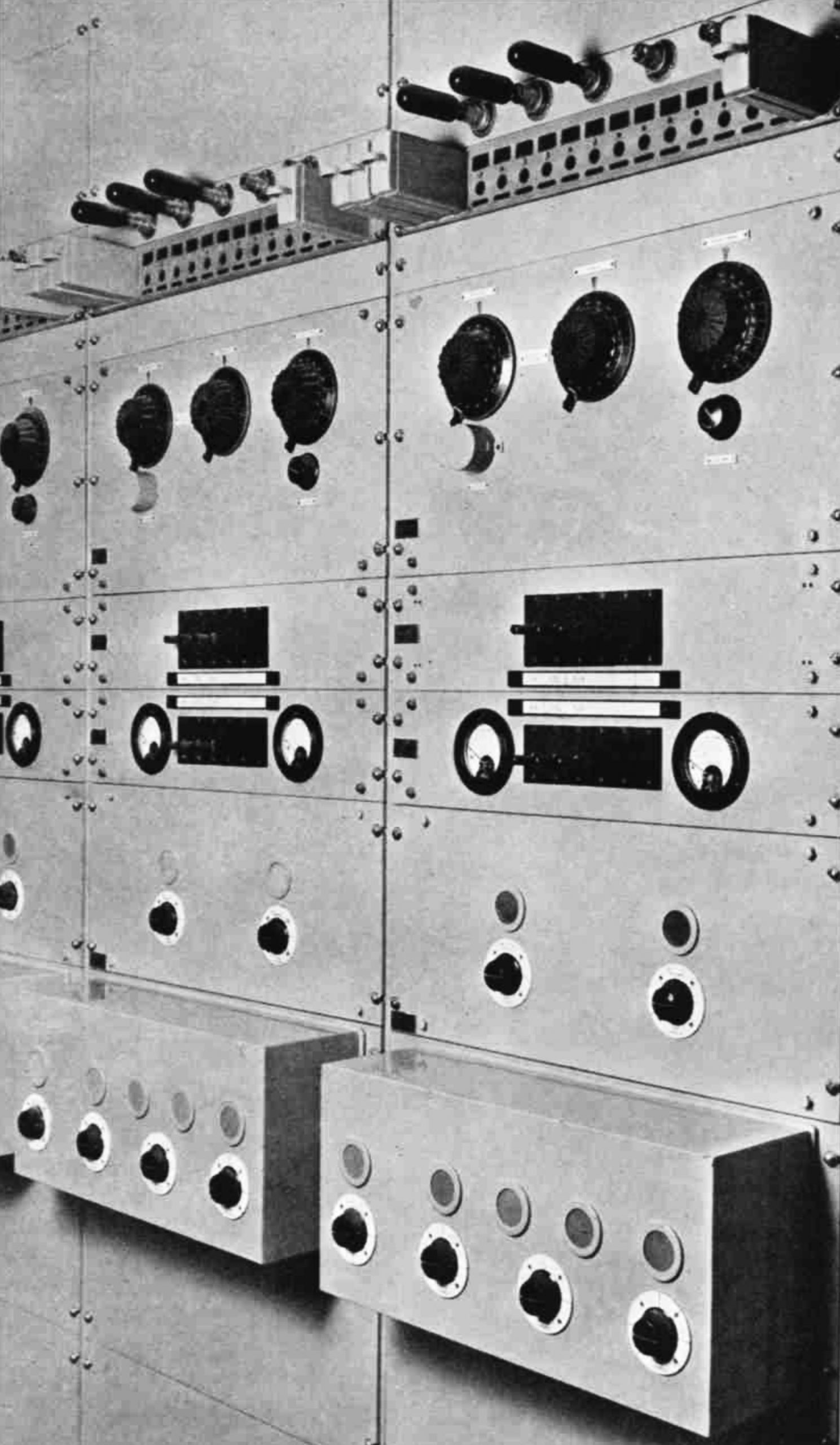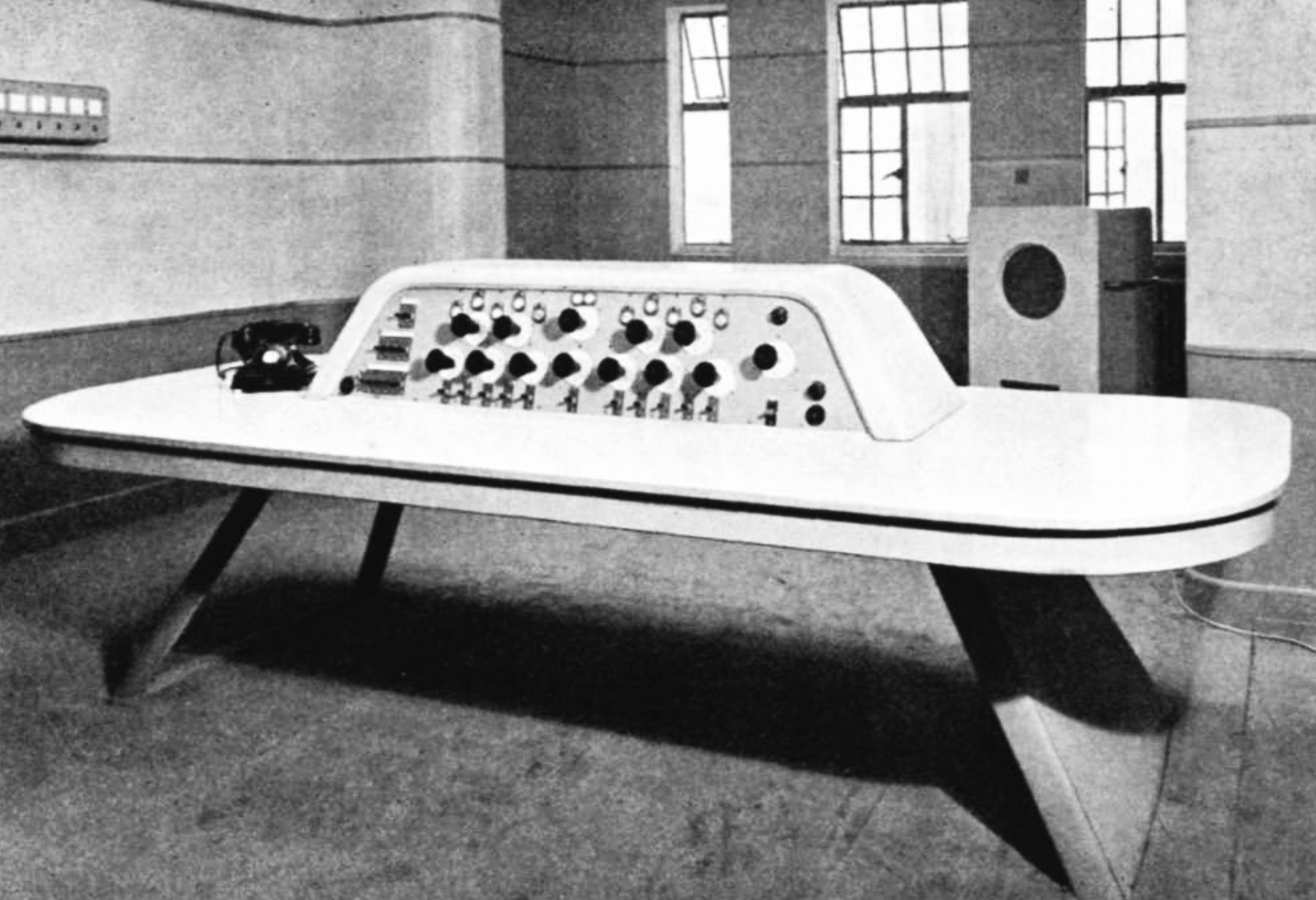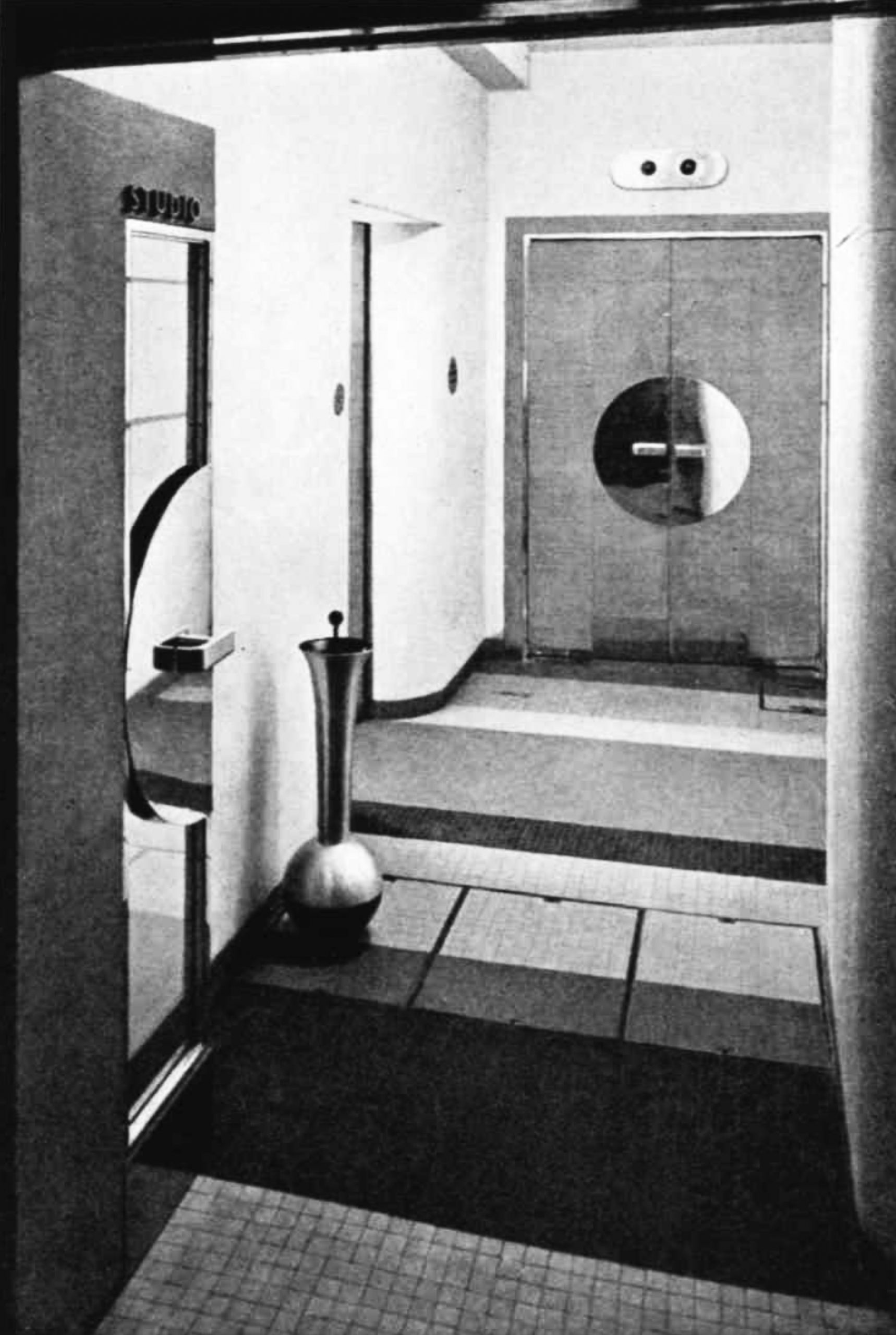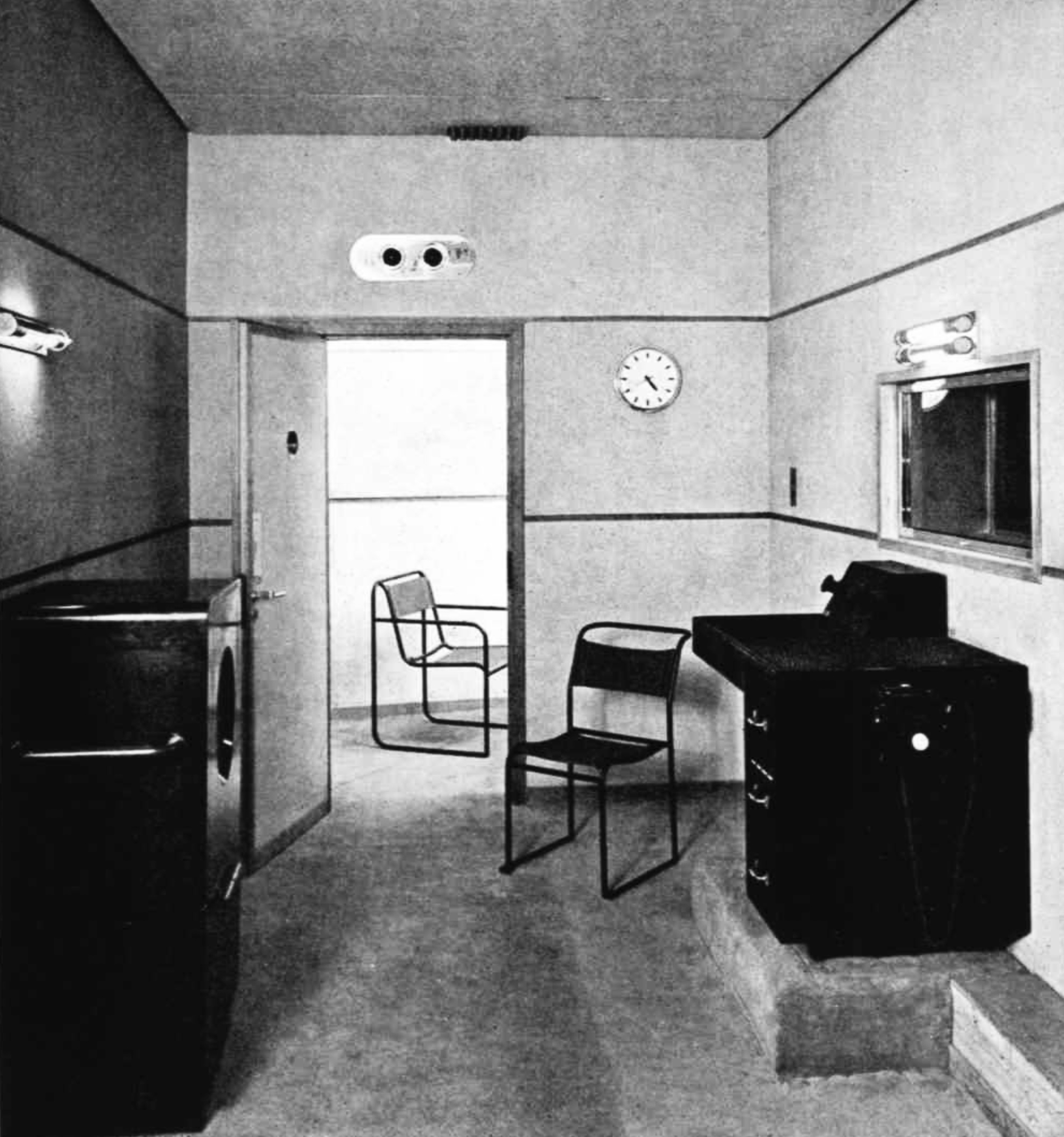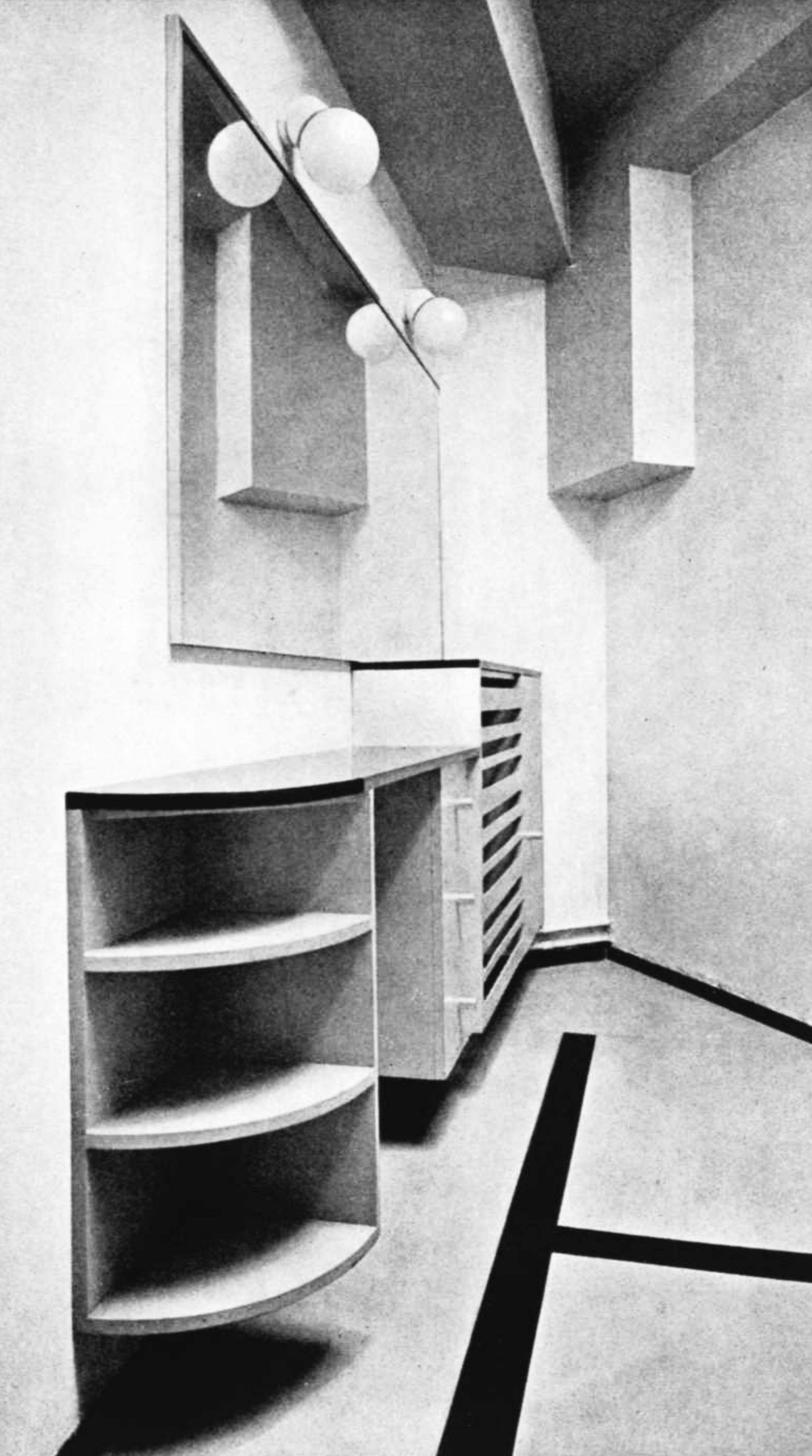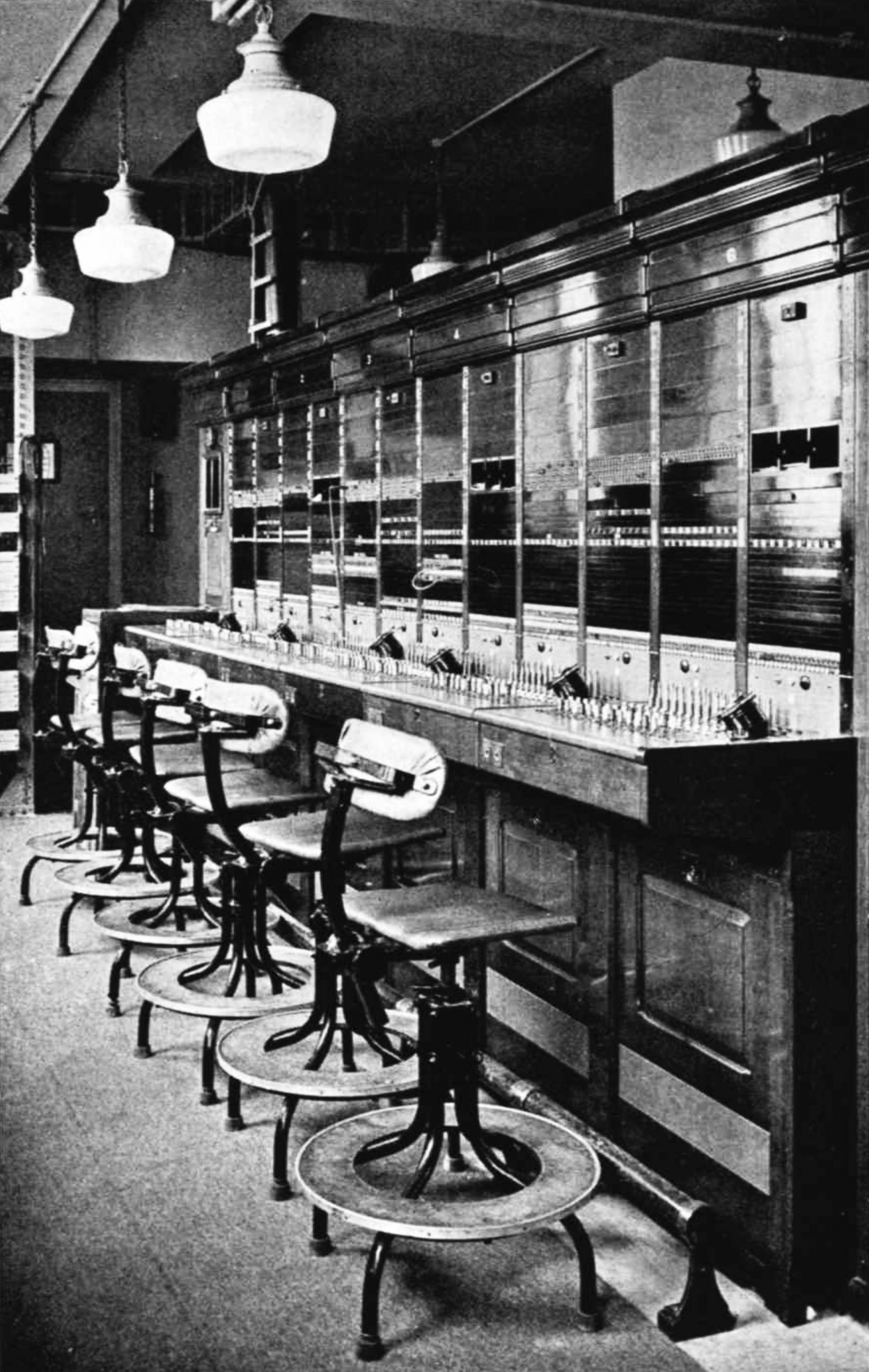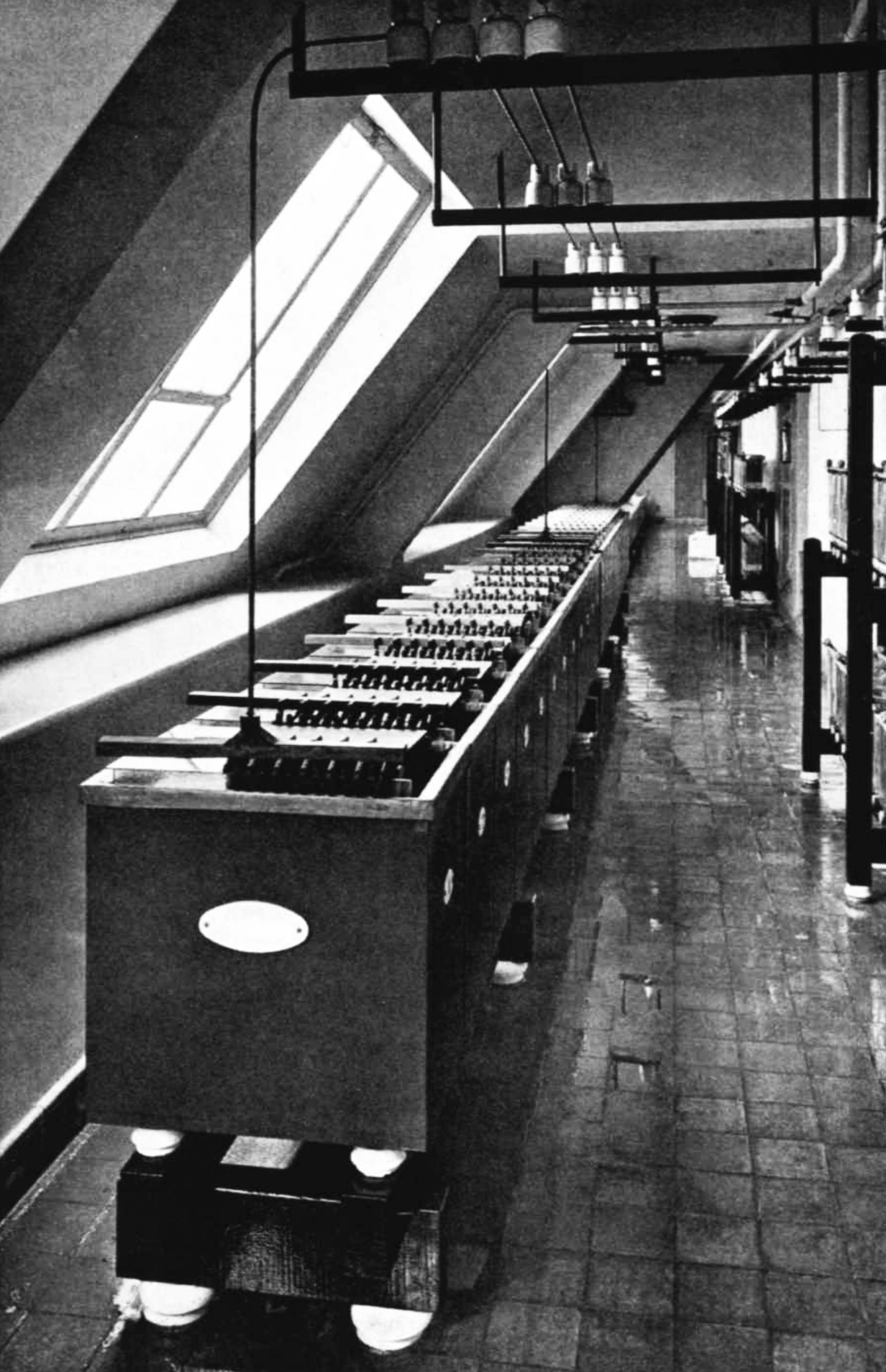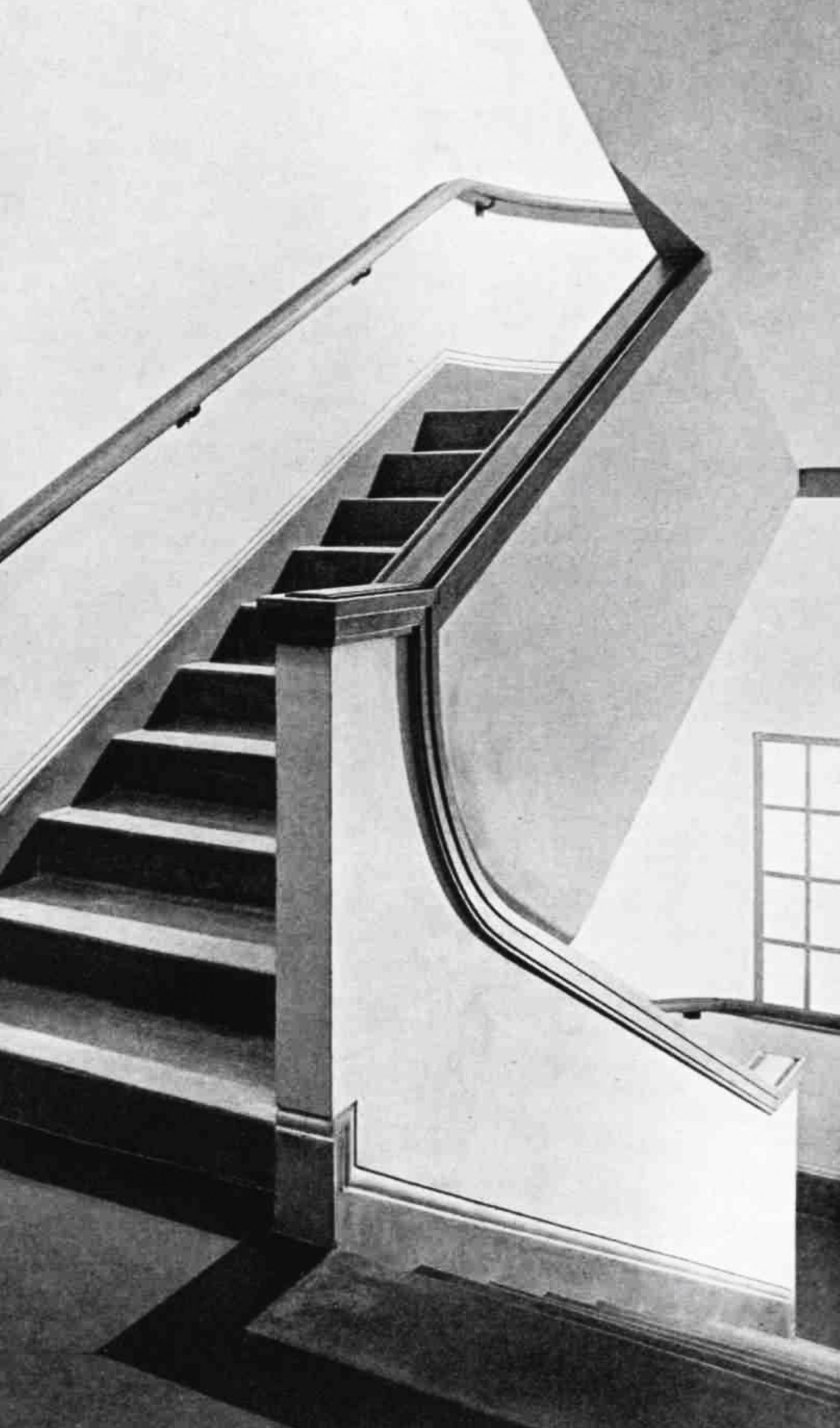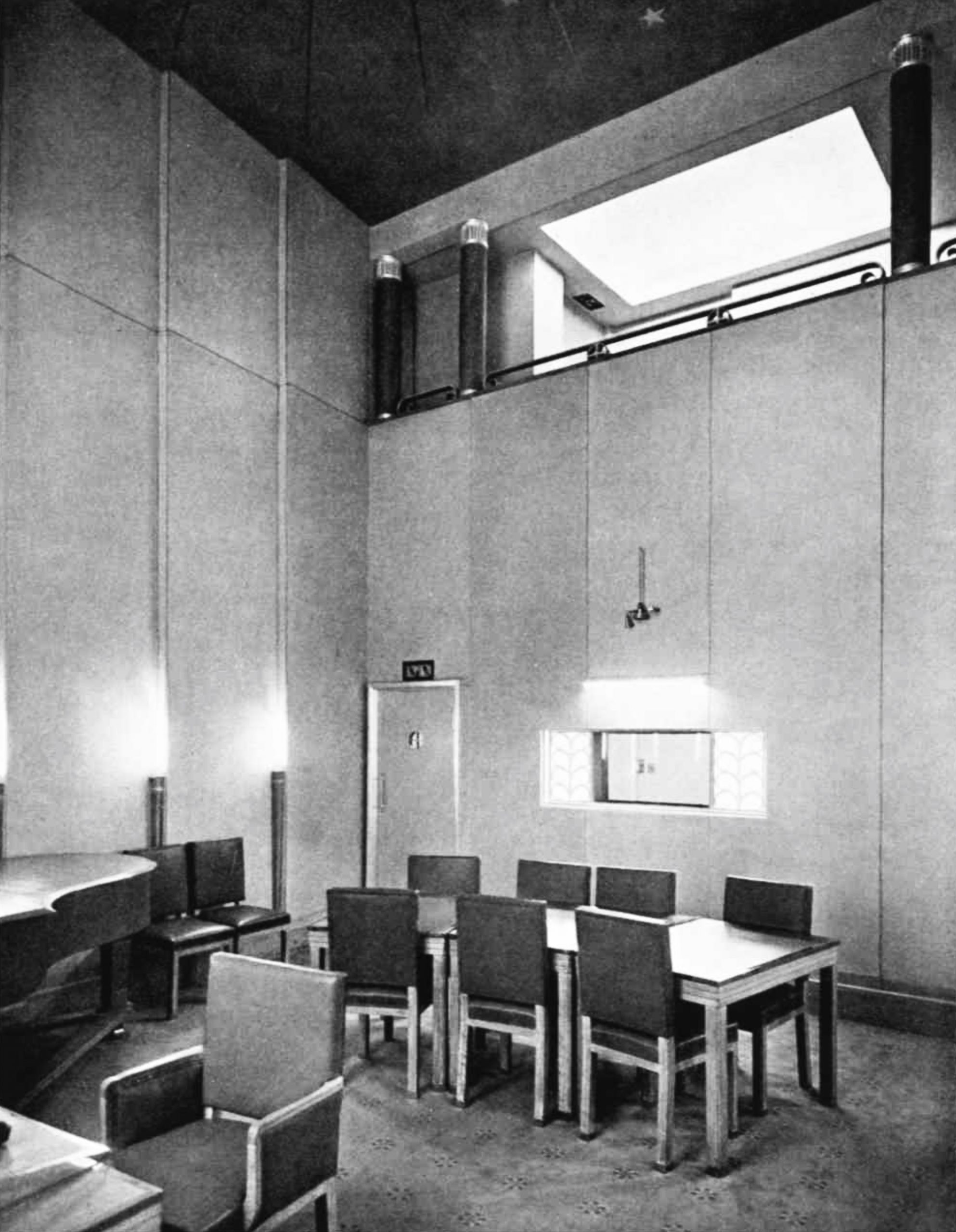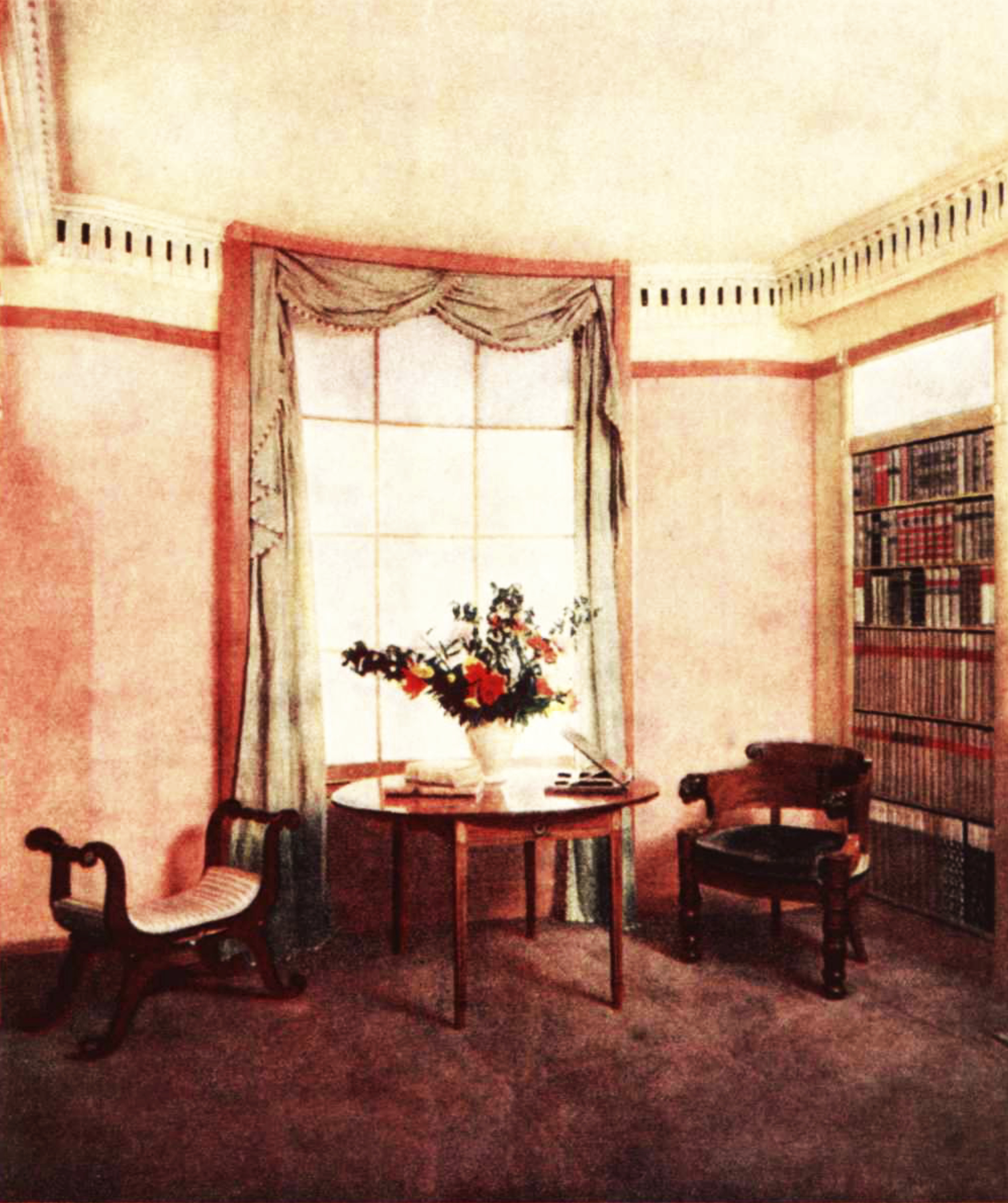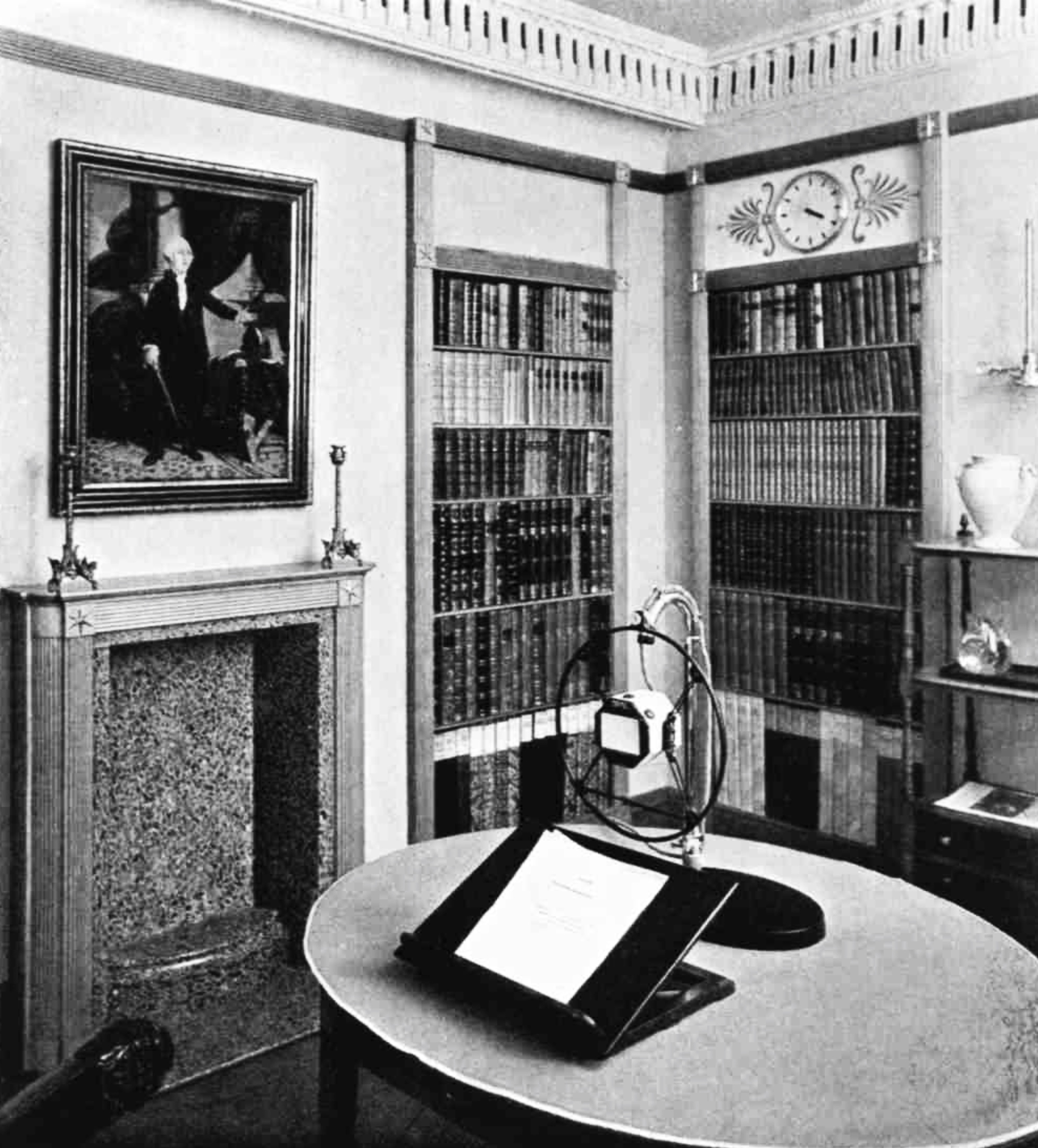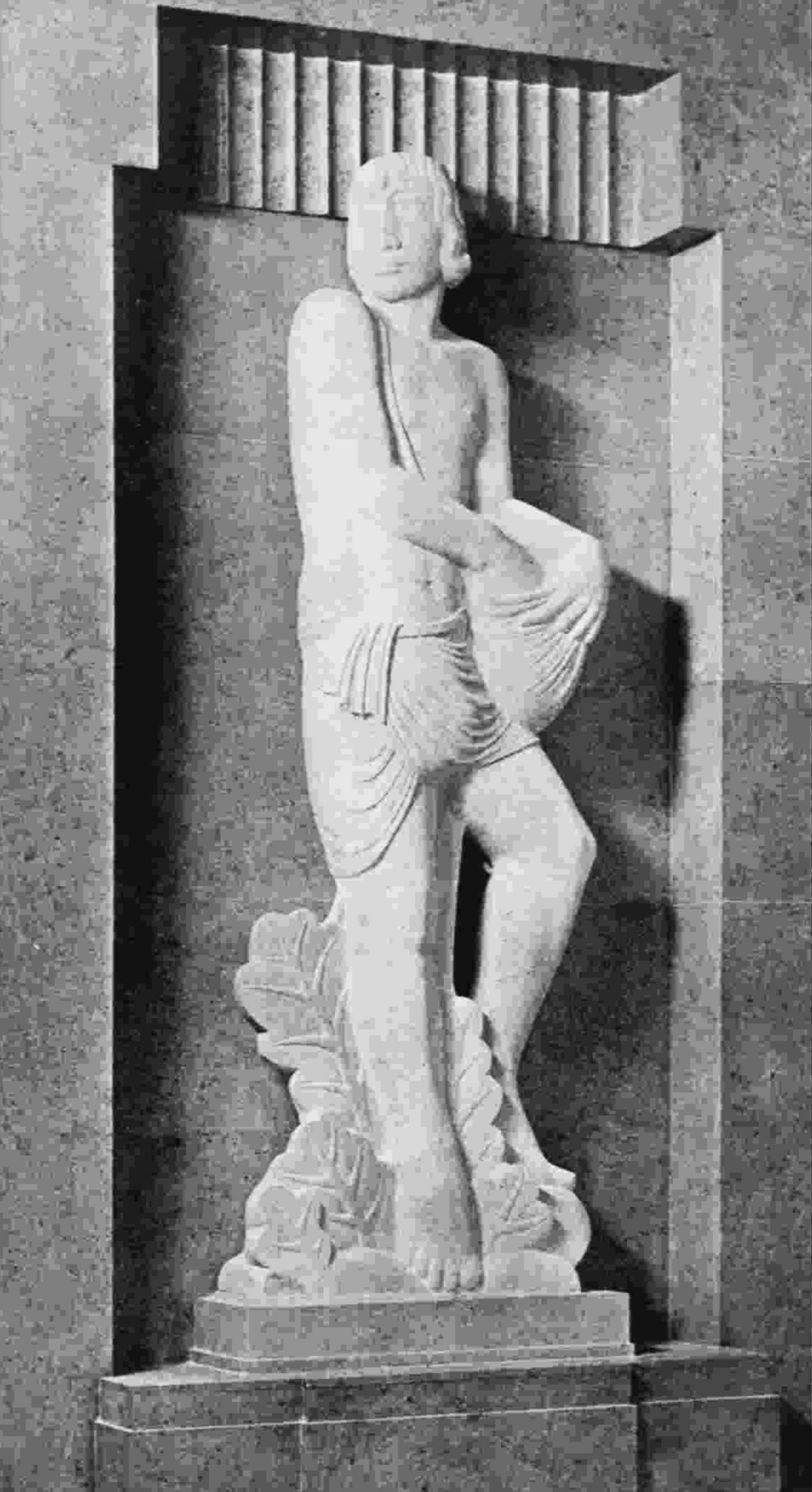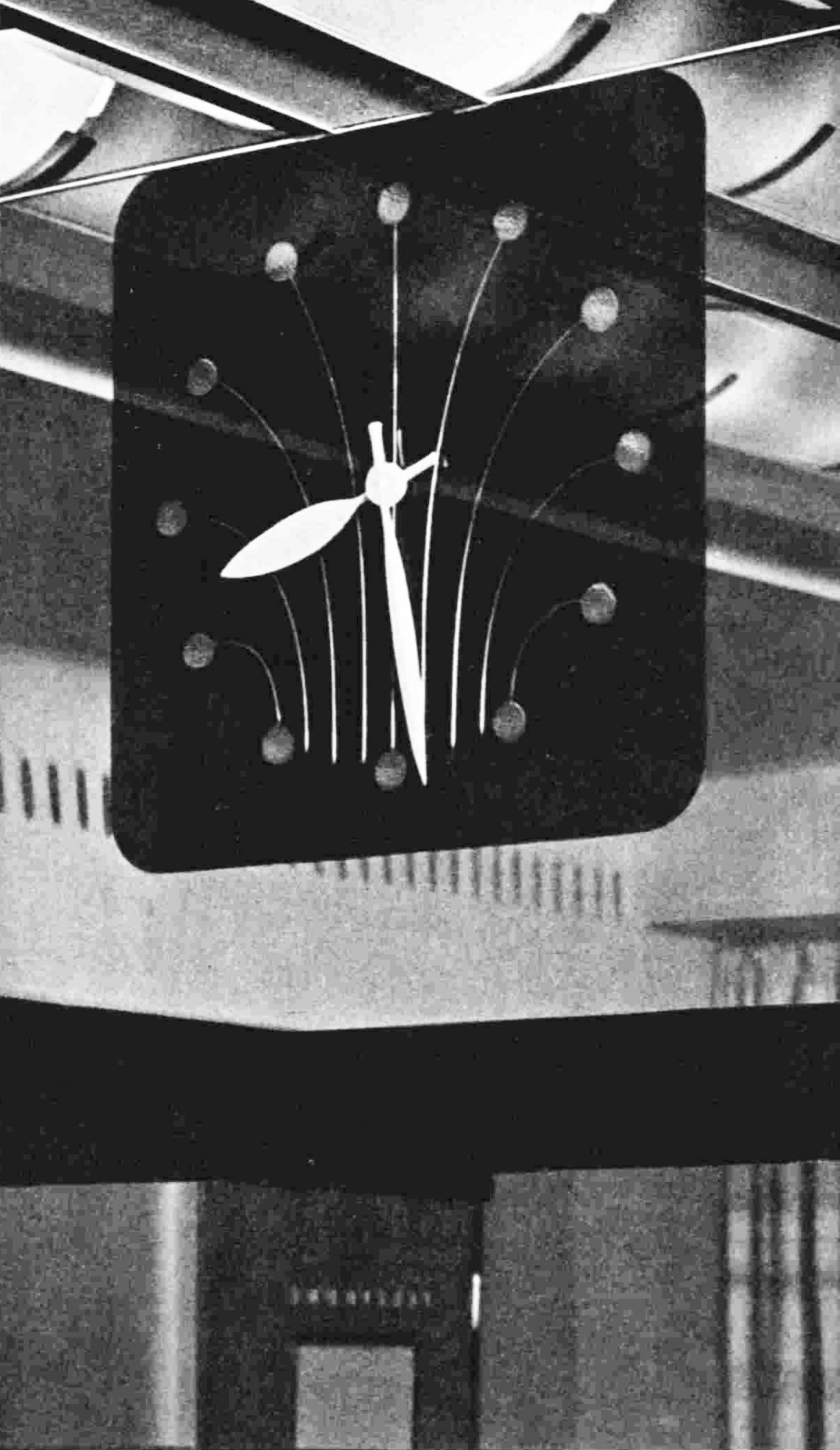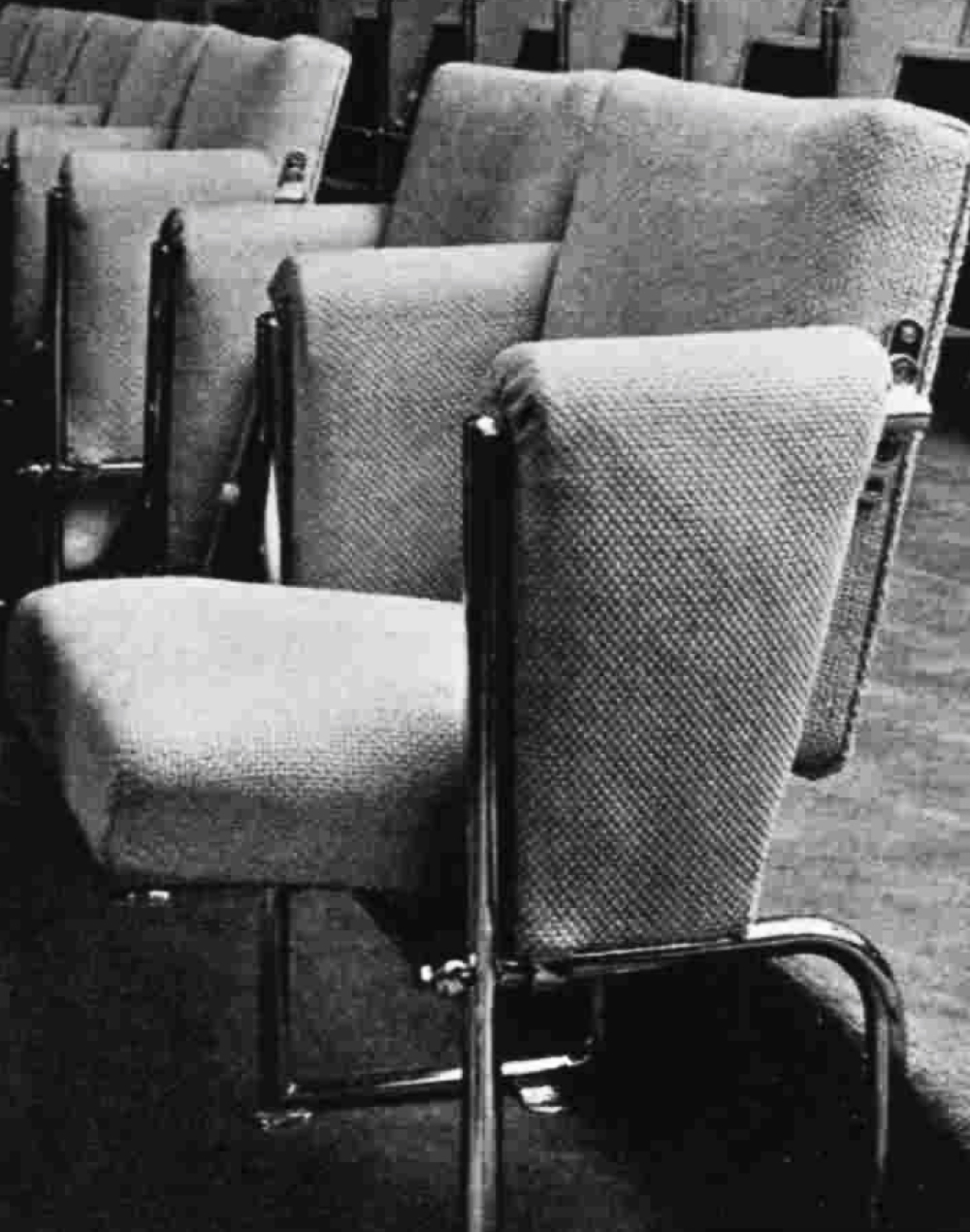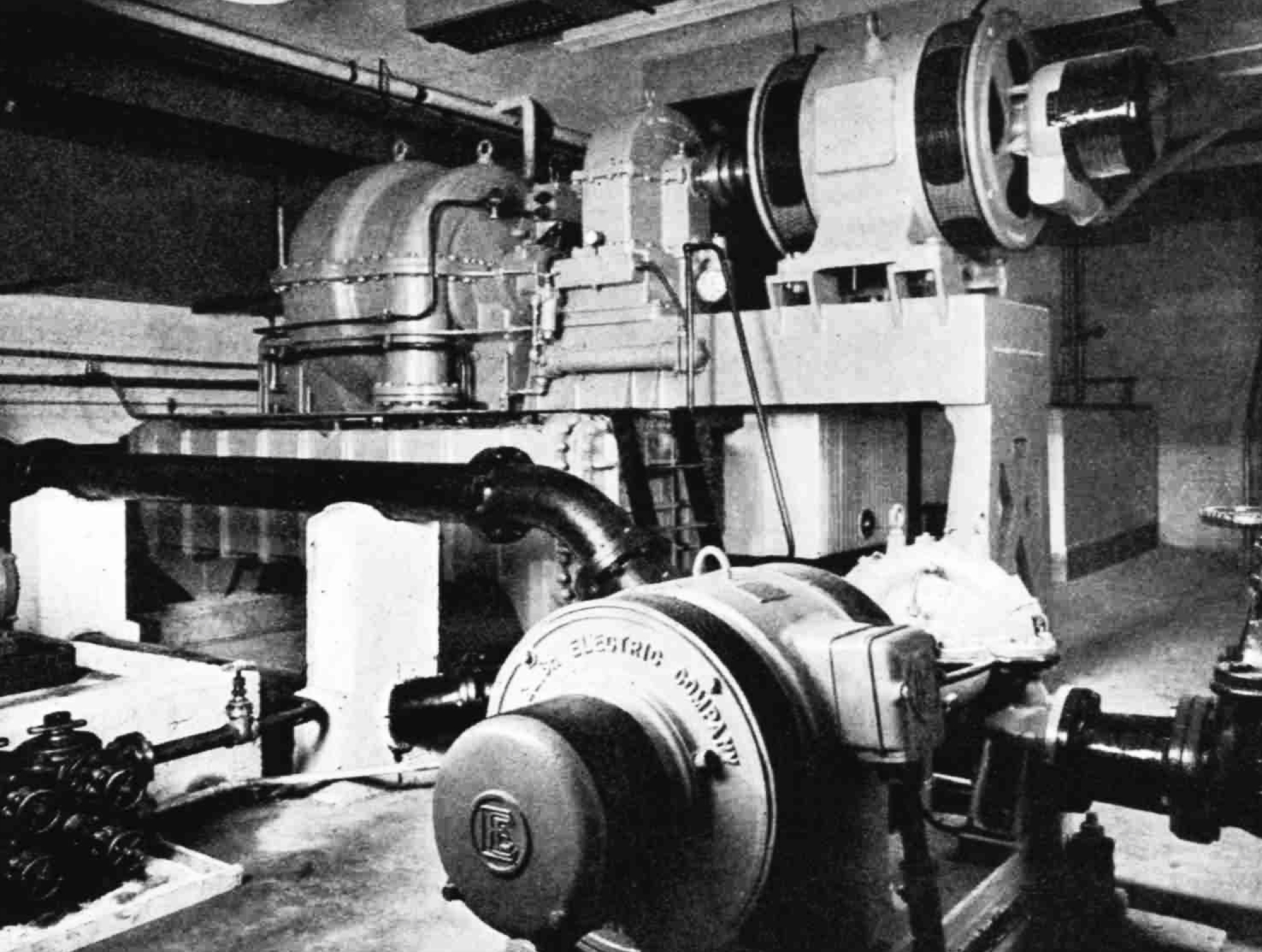[1 ❧ Map of London] showing Position of Broadcasting House.
2 ❧ The View from the Roof, looking North towards Hampstead.
3 ❧ Colour-plate: The Green Room.
4 ❧ Colour-plate: The Religious Studio, 3E.
5 ❧ The Site from the Air.
6 ❧ View of the Clock Tower and the South-west Corner.
[7 ❧ Diagram of the Exterior.]
8 ❧ The South Front.
9 ❧ The West Front.
10 & 11 ❧ Sculpture Groups on the West Front.
12 ❧ Sculpture Group on the East Front.
13 ❧ The East Front, facing Langham Street.
14 ❧ A General View of the Roof.
[15 ❧ Eighth Floor Plan.]
16 ❧ A General View of the Control Room.
17 ❧ Control Room: Detail of a Control Position.
18 ❧ Control Room: Part of the Relay Bays.
19 ❧ Control Room: Two of the ‘B’ Amplifier Bays.
20 ❧ Control Room: Cables in the False Floor.
21 ❧ Control Room: The ‘B’ Amplifier Input Switching Relays.
22 ❧ Control Room: One of the Fuse Bays.
23 ❧ Control Room: Reverse of the ‘B’ Amplifier Input Switching Relays.
24 ❧ Control Room: Two Check Receivers.
25 ❧ Control Room: The Back of the Discharge Power Board.
26 ❧ One of the Dramatic Control Panels.
27 ❧ The Corridor leading to Studio 8A.
28 ❧ A Glimpse of the Interior of Studio 8A.
29 ❧ A General View of Studio 8A.
30 ❧ The Listening Room for Studio 8A.
31 ❧ Colour-plate: The Waiting Room.
32 ❧ The Band Room.
33 ❧ Studio 8B.
34 ❧ The Ladies’ Dressing Room.
[35 ❧ Seventh Floor Plan.]
36 ❧ Studio 7B.
37 ❧ A Music Control Cubicle.
38 ❧ The Office Telephone Exchange.
39 ❧ The Line-testing Room.
[40 ❧ Sixth Floor Plan.]
41 ❧ Studio 6D, the Main Effects Studio.
42 ❧ Ditto: Another View.
43 ❧ Studio 6E, for Gramophone Effects.
44 ❧ A Corridor in the ‘Tower’.
45 ❧ The Lounge.
46 ❧ Part of the Control Room Battery Room.
47 ❧ Storage Batteries.
48 ❧ Motor-Generators and Switchgear.
[49 ❧ Fifth Floor Plan.]
50 ❧ The Music Library.
51 ❧ The Staircase within the ‘Tower’.
[52 ❧ Fourth Floor Plan.]
53 ❧ The Office of the Director of Programmes.
54 ❧ Studio 4B on the right, and the News Editor’s cubicle on the left.
55 ❧ The Microphone in Studio 4A.
56 ❧ The Gallery of Studio 3E.
[57 ❧ Third Floor Plan.]
58 ❧ Studio 3E, for Religious Services.
59 ❧ The Statue of St. George.
60 ❧ Studio 3E, looking towards the Balcony.
61 ❧ The Children’s Hour Studio, 3A.
62 ❧ Studio 3B, for Talks.
63 ❧ Colour-plate: Studio 3D, for Talks.
64 ❧ Ditto: Another View.
65 ❧ The Lounge.
66 ❧ The Silence Room, for Studio 3A.
67 ❧ The Chairman’s Office.
68 ❧ The Director-General’s Office.
69 ❧ One of the Accounts Offices.
[70 ❧ Second Floor Plan.]
71 ❧ The Library.
72 ❧ The Committee Room.
73 ❧ The Corridor outside the ‘Tower’.
[74 ❧ First Floor Plan.]
75 ❧ The First Floor Landing.
76 ❧ The Council Chamber.
77 ❧ The General Typing Office.
78 ❧ The First Floor Committee Room.
[79 ❧ Ground Floor Plan.]
80 ❧ The Entrance Hall.
81 ❧ The Entrance Hall, looking towards the Staircase.
82 ❧ The Statue of the Sower.
83 ❧ The Artists’ Foyer.
84 ❧ Ditto: showing the Studio Notification Boards.
85 ❧ The Drawing Room.
[86 ❧ Lower Ground Floor Plan.]
87 ❧ The Concert Hall, looking towards the Platform.
88 ❧ The Concert Hall, taken from the Stage.
89 ❧ The Concert Hall Friezes.
90 ❧ The Balcony of the Concert Hall.
91 ❧ The Green Room.
92 ❧ The Green Room Clock.
[93 ❧ Basement Plan.]
94 ❧ Listening Hall, No. 1.
95 ❧ Ditto: Another View.
96 ❧ Listening Hall, No. 2.
97 ❧ Storage Batteries for the Emergency Lighting Supply.
98 ❧ One of the Echo Rooms.
99 ❧ The Studio Corridor leading to Balcony of Studio BA.
100 ❧ Studio BB: the Balcony.
101 ❧ Vaudeville Studio: the Balcony.
[102 ❧ Sub-Basement Plan.]
103 ❧ Vaudeville Studio BA: General View.
104 ❧ Ditto: Another View.
105 ❧ Ditto: the Steel Chairs.
106 ❧ Studio BB.
107 ❧ Artists’ Dressing Room for Women.
108 ❧ The Lounge for Studios BA and BB.
109 ❧ A Corner of the Boiler Room.
110 ❧ Ditto: Pumps for the Hot Water Supply.
111 ❧ An Air-Conditioning Plant: the Exterior of a Fan.
112 ❧ Ditto: the Interior of a Fan.
113 ❧ Ditto: the Water Spray.
114 ❧ The Refrigerator.
115 ❧ The Main Power Input Circuit-Breaker.
116 ❧ The Passenger Lift Motors and Controls.


